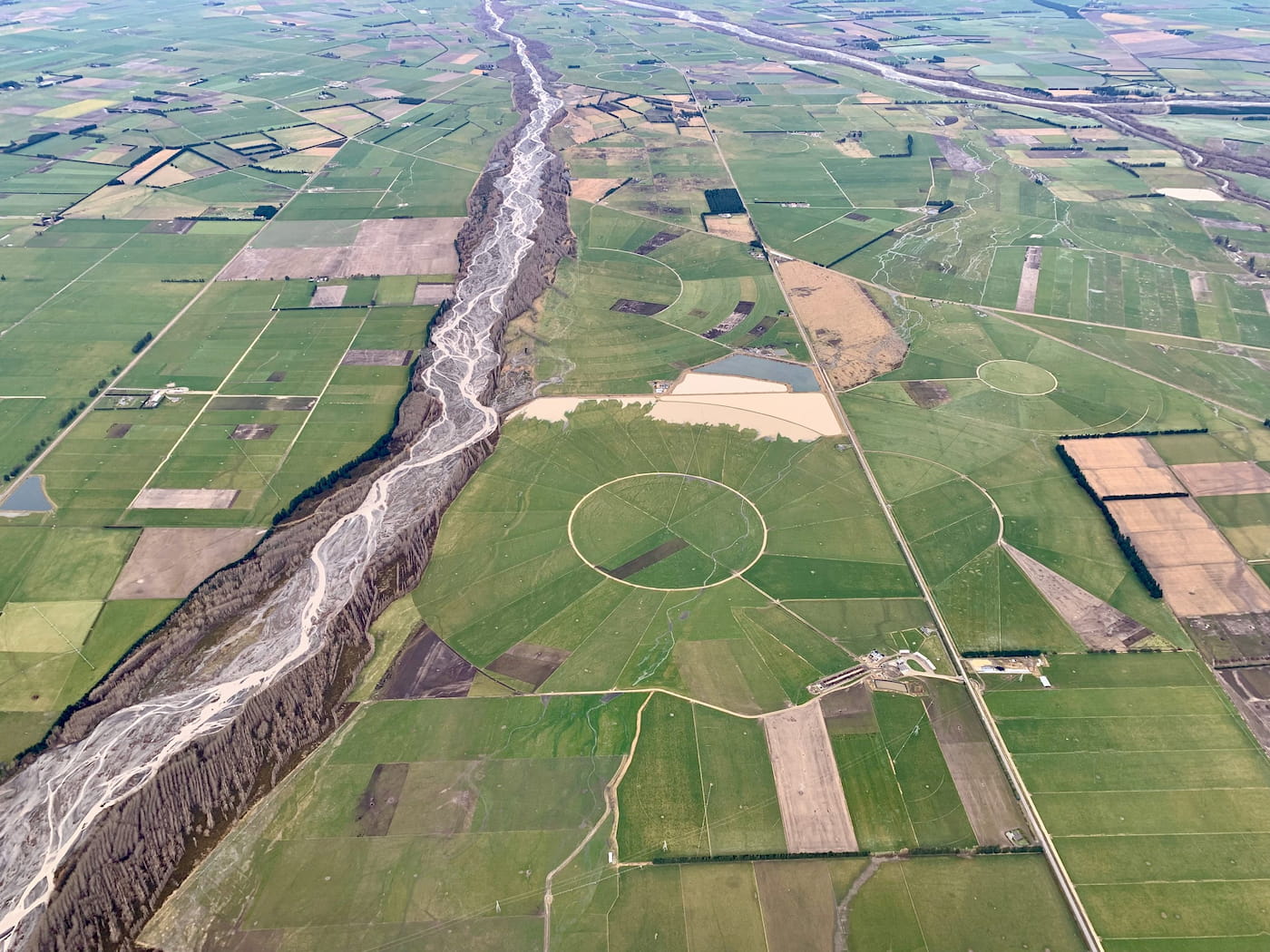Greenpeace is calling out Environment Canterbury and the Gore District Council for denying the science of health risks due to nitrate contamination in drinking water, in their recent statements on contaminated supplies in their regions.
While Gore District Council affirmed Greenpeace’s findings from nitrate testing last week, which showed that much of Gore’s town water supply had elevated levels of nitrate contamination which were over 4 mg/L, they denied the scientific evidence that it presents a risk to residents including women of reproductive age.
Gore District Council said that 65% of its water comes from nitrate contaminated bores on a local dairy farm and has averaged levels of 4.8 mg/L of nitrate since 2016.
“Gore District Council is failing to warn residents of the reproductive risks to people drinking high nitrate water when pregnant, despite international scientific studies, and warnings from the New Zealand College of Midwives,” says Greenpeace campaigner Christine Rose.
“It is also concerning that Environment Canterbury – a regional authority which is culpable for contaminating the Canterbury aquifer through allowing dairy pollution – is now burying their failure to protect sources of drinking water by denying the emerging health evidence.
“ECAN’s own data shows that three quarters of the region’s groundwater wells are worsening for nitrate contamination, and the number of monitored wells in Canterbury exceeding official nitrate standards of 11.3 mg/L has risen sevenfold – from 1% in 1992 up to 8% in 2021.”
As well as being linked to increased risk of bowel cancer in a number of international studies including a substantive Danish Study from 2018, high nitrates in drinking water are associated with methaemoglobinaemia (Blue Baby Syndrome) in infants who are formula fed with contaminated water. Two international studies published in 2021 have also linked antenatal nitrate exposure in pregnant women to low birth weight and preterm birth.
One of those is a Californian study of 1.4 million births which found nitrate levels above 5 mg/L in drinking water consumed by pregnant people increased the odds of a preterm birth by 47%.
Local scientists warn that 800,000 New Zealanders could be exposed to hazardous concentrations of nitrate in drinking water including an estimated 138,000 exposed to over 5 mg/L associated with reproductive risks.
The current limit of 11.3 mg/L, set in the 1950s to prevent Blue Baby Syndrome, has been decried as “hopelessly out of date,” by medical researcher Prof Michael Baker.
“It commonly takes years for the formal position of authorities to respond to emerging evidence of harm as we saw with asbestos, smoking, and lead in petrol. As a matter of precaution, these authorities should be supporting the latest science, and advice from the NZ College of Midwives for pregnant people to avoid high nitrate water,” says Rose.
“The Council telling people that this water is safe to drink because it’s below the current drinking water standard of 11.3mg/L is reckless, and misleading. In fact, emerging evidence suggests it may not be safe to drink and informing pregnant people of that could avoid unnecessary harm to babies in utero.”
Greenpeace is calling on the Government to require that local water authorities advise pregnant people to avoid their respective town supplies for the term of pregnancy if it regularly averages above 3 mg/L. Towns that meet that threshold for high nitrate include Gore, Lumsden, Winton, Hinds, Glenavy, and those in the Lower Waitaki Water Scheme, among a number of others.
“Everybody, no matter who they are or where they live, has a right to access safe drinking water and, in turn, is entitled to basic information from authorities on the potential safety risks of their drinking water. The failure of regional and district councils to warn residents of the health risks from their high nitrate water means potentially avoidable harm could be being caused to unborn children in rural towns and communities.”



